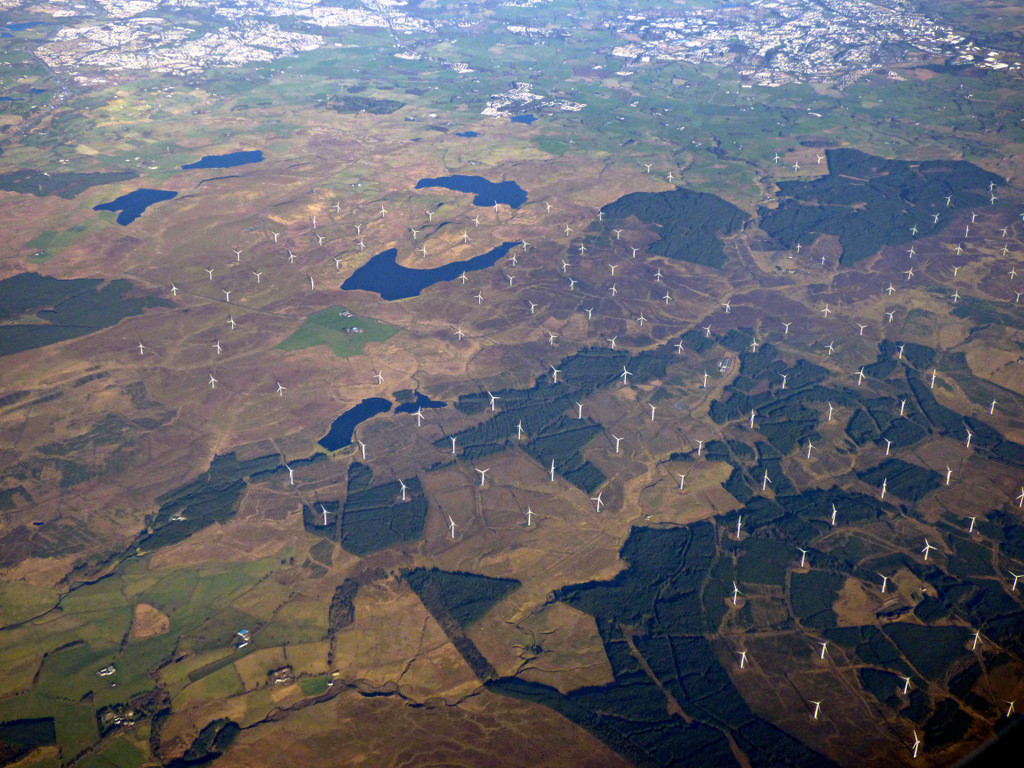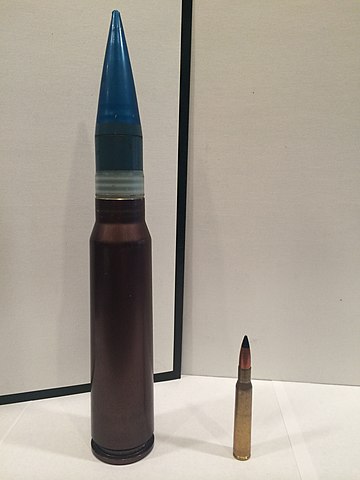Mission Overview
A long-simmering conflict is about to break into open war in more-or-less modern-day Earth. You are part of the staff of an air force general, who is in charge of planning a wave of strikes against major enemy targets in the opening stages of the war. Small teams of officers have been assigned to work up the force requirements for individual high-value targets as part of this planning. Your team's target is an industrial-scale wind farm much like the one pictured (Whitelee Wind Farm in Scotland).

Target Description
Your target consists of 200 wind turbines spread over 50 km2. Individual turbines are roughly 500m apart, randomly scattered over low hills. The control centers and transfer stations for the farm only contain standard, easily-replaced hardware, so hitting only them would disable the farm for a week or so at most. On the other hand, the turbines themselves were imported, and each one destroyed would take them months to replace.
Mission Parameters
Your strike will be part of a large-scale near-simultaneous assault on many high-value targets. Suppression of the enemy air defenses is being covered by other planning groups; your concern is only the wind farm itself. For purposes of this question, you can expect that your strike force will reach the target successfully. However, the enemy will likely still have interceptors that could be deployed once the mission's target is identified, so your force can only expect to get a single pass at the target, and time on target should be minimized. Due to the scale of the overall assault, you have been instructed to find the minimum force needed to destroy the target. As a secondary concern, less-expensive weapons are preferred (though aircraft costs are not a factor).
Use of nuclear weapons (including high-altitude nuclear EMP weapons) is not authorized in these strikes.
For purposes of this question, you can include any active or working-prototype weapon system or aircraft from any modern-day military. You don't need to necessarily name specific weapons ("cruise missile" vs "AGM-158", etc.) or aircraft ("strike fighter" vs "F/A-18E") unless they have a particular feature that similar weapons or aircraft don't have.
The strike will be launched from land airbases; a carrier-capable force is not required. However, aircraft that are typically used by naval forces can still be included if needed.
GPS and satellite surveillance is available at the target, but no ground forces will be within range of the target to assist.
Mission Objective
The best strike package will destroy as many of the turbines as possible in one pass, using as small a strike force as possible, as cheaply as possible.
Clarifications
Paratroopers are Army, not Air Force, and the Army is busy elsewhere. No boots on the ground.
Denying the electricity to the enemy is definitely the primary concern, but there is a substantial propaganda value to flattening the whole farm which cannot be overlooked. So while you can certainly target the control and distribution systems as part of the strike, you should also be hitting as many turbines as possible.



